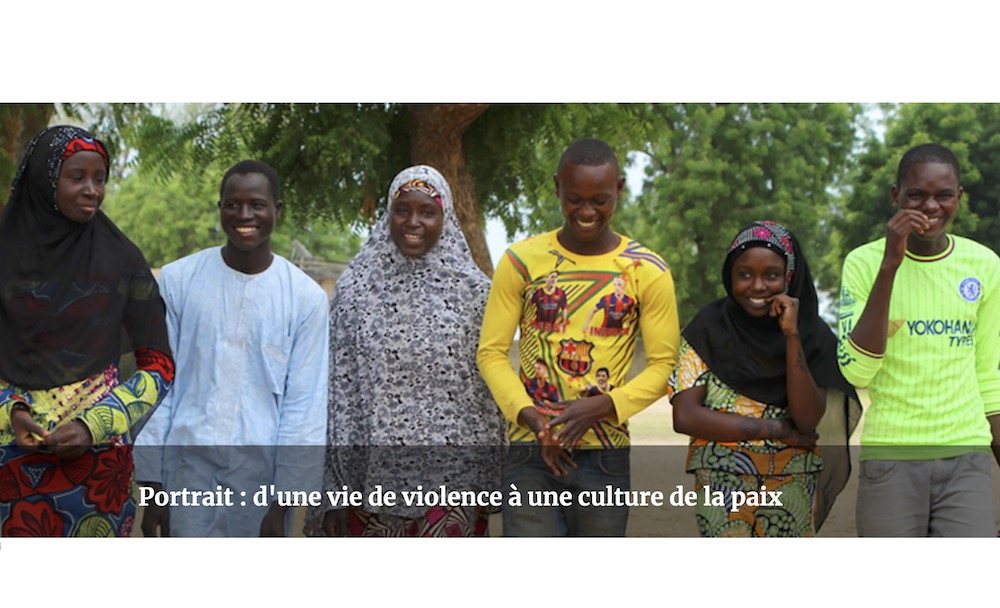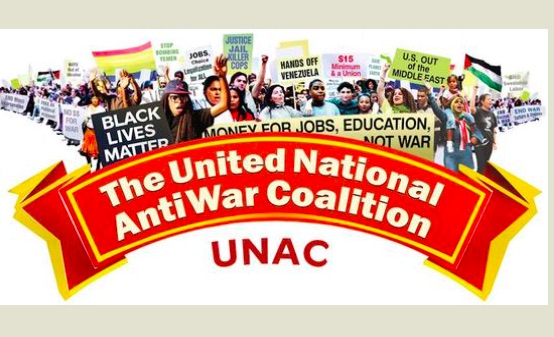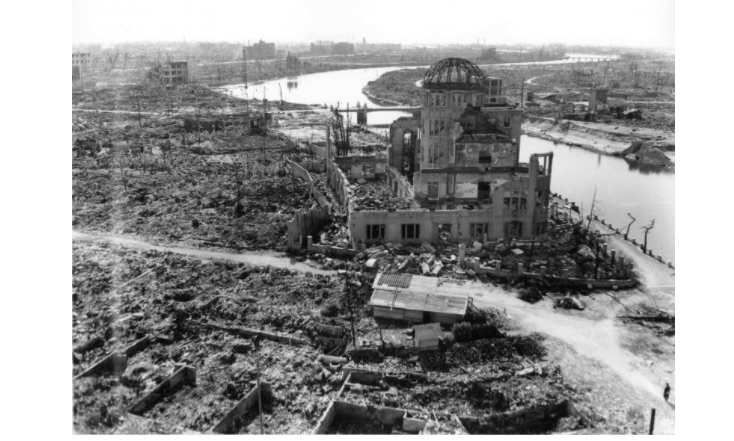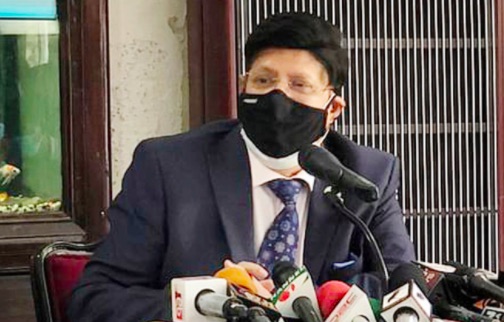DISARMAMENT & SECURITY .
An article from Search for Common Ground
August 18, 2021 — Search for Common Ground expresses profound concern for the safety and well-being of the people of Afghanistan and urges the international community to engage with all parties, including the Taliban leadership, who can affect the well-being of the Afghan people. We also urge the Taliban to engage with the full diversity of Afghan society, as well as international actors, to support intra-Aghan reconciliation and the protection of the rights of all Afghan citizens.

“International isolation will hurt all Afghans by exacerbating an already-dire humanitarian crisis and raising the specter of renewed civil war” said Shamil Idriss, CEO of Search for Common Ground. “Engagement offers the best promise of securing progress toward internationally recognized standards to which Afghans – and all people – aspire, which are articulated in the UN Sustainable Development Goals and the Universal Declaration of Human Rights, including the rights of women and ethnic minorities. While international actors work to assure the safety of their colleagues and partners in Afghanistan, we ask that all who are able redouble their commitment to engaging and supporting the Afghan people and society.”
(article continued in right column)
Is peace possible in Afghanistan?
(article continued from left column)
In Afghanistan, Search for Common Ground will continue its work as guided by the Common Ground Approach. This is a process that: humanizes people using diverse methods devised by local teams who, themselves, embody the dividing lines that they seek to bridge; mobilizes people to advance common interests, understanding that shared success is the best way to build trust and make allies out of adversaries; and systematizes cooperation through changes in institutions and the culture of conflict resolution. This approach does more than resolve disputes; it changes systems.
Search for Common Ground recognizes that the Taliban, Afghan public, and international community share substantial common ground. All parties want Afghanistan to have standing and participate in the community of nations. All parties want a functioning nation-state that protects rights and dispenses services through functioning institutions. And all parties want basic security and dignity for Afghans in their daily lives. From this foundation of shared wants, peace can take shape.
“Afghanistan is facing a new and uncertain phase. Search for Common Ground encourages all parties to work towards a healthy, safe and just society. Isolation would likely lead to renewed violent conflict, and violent conflict is not a solution,” Idriss said.
(Editor’s note: At CPNN we have received an email from the Director of Search for Common Ground, Shamil Idriss, saying “We want you to know that we are not giving up. Our country director, Zuhra Bahman, and her staff are committed to continuing to work in Afghanistan. We are staying the course because we know that intensive and consistent dialogue between all parties is the key to building a safe, healthy, and just society. . . Please send a gift today to help ensure Zuhra and her staff have the support they need — because they are needed now more than ever. All donations will be matched by a board member and worth 2X as much.”)









